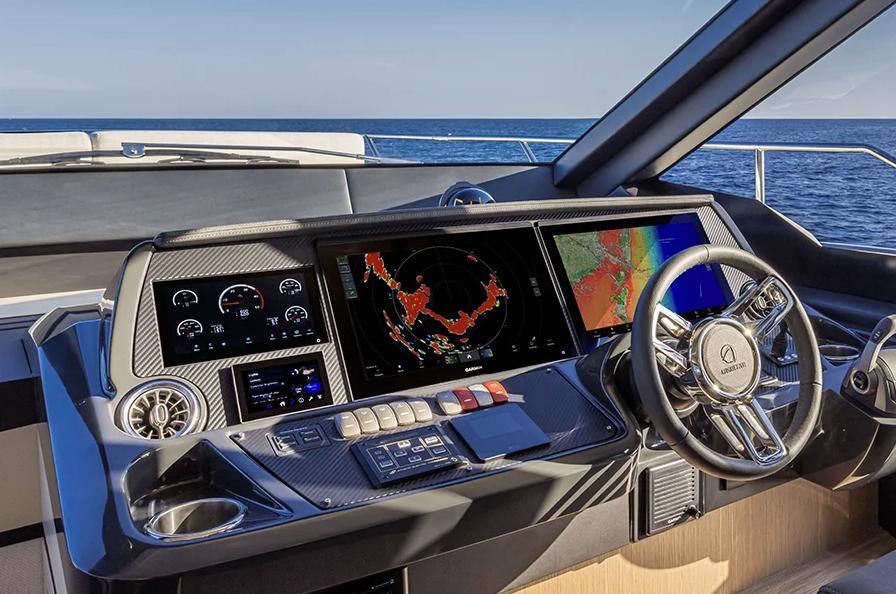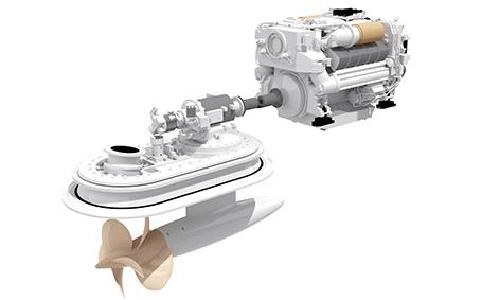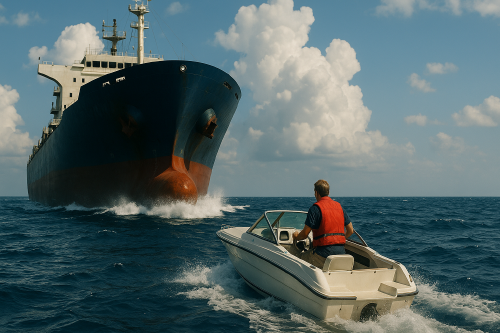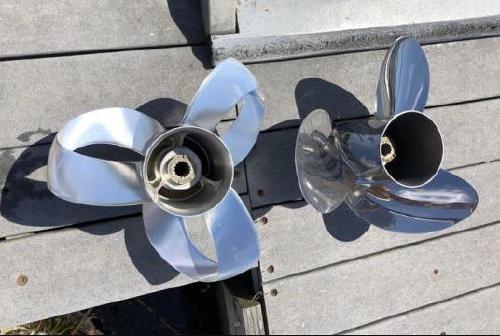The NMEA standard is one of the quiet but powerful forces behind modern boating and marine navigation. Every time your GPS plotter, AIS transponder, autopilot, or depth sounder share information, chances are they’re speaking in the language defined by the National Marine Electronics Association (NMEA). What began in the late 1970s as a way to simplify communication between different onboard devices has evolved into a sophisticated and globally recognized set of protocols — and its future is tied to trends like wireless integration, cloud connectivity, and autonomous navigation.
The Origins of NMEA
The National Marine Electronics Association was founded in 1957 by a group of marine electronics dealers and manufacturers in the United States. Their initial focus was to promote better product support, dealer training, and customer service in a growing marine electronics market.
By the late 1970s, boats were increasingly equipped with electronics from different manufacturers — each using proprietary wiring, protocols, and data formats. This made it difficult, if not impossible, for devices to work together. For example, a GPS receiver from one brand might not be able to send position data to an autopilot from another brand.
Recognizing the problem, the NMEA developed NMEA 0180 in 1977 — a simple serial protocol designed to allow basic navigation instruments to exchange data. It was followed quickly by NMEA 0183 in the early 1980s, which became the dominant marine data standard for decades.
NMEA 0183: The Workhorse Standard
NMEA 0183 used a straightforward RS-422 serial connection and ASCII text sentences to transmit information at 4,800 bits per second (later extended to 38,400 for high-speed applications like AIS). The messages, or “sentences,” were easy to read by humans and computers alike:
$GPGGA,123519,4807.038,N,01131.000,E,1,08,0.9,545.4,M,46.9,M,,*47
This example is a GPS fix data sentence — the $GPGGA identifier tells the device what type of data follows.
While simple and widely adopted, NMEA 0183 had limitations:
- Single talker, multiple listener architecture meant only one device could transmit on a wire pair.
- Low data rates became restrictive as more sensors and features were added.
- Limited extensibility made it harder to incorporate new types of data.
Still, 0183 was a huge success — it allowed GPS, autopilot, wind sensors, depth sounders, and chartplotters to work together reliably. Even today, many legacy systems and small devices still support 0183 for basic data sharing.
The Shift to NMEA 2000
By the late 1990s, boat electronics were becoming more complex, and the old single-talker approach wasn’t cutting it. Manufacturers needed a faster, more flexible, and truly networked solution. The result was NMEA 2000 (N2K), launched in the early 2000s.
NMEA 2000 is based on Controller Area Network (CAN bus) technology — the same robust networking standard used in automotive systems. It offers:
- Multi-talker, multi-listener capability
- High speed (250 kbps) for real-time data
- Standardized connectors and cabling for plug-and-play installation
- Predefined message types (PGNs — Parameter Group Numbers) to ensure interoperability
- Power and data on the same cable
A single NMEA 2000 backbone can connect dozens of devices — from GPS and AIS to engine monitoring, fuel flow, tank levels, and environmental sensors. Each device can broadcast and listen to multiple data streams without conflict.
NMEA OneNet: Bringing IP Networking to Boats
As consumer electronics shifted toward Ethernet and wireless communication, the NMEA developed OneNet, an IP-based standard for high-bandwidth marine data. OneNet supports:
- Gigabit Ethernet speeds
- Video streaming from cameras and sonar systems
- Secure data exchange for remote monitoring and cloud integration
- IPv6 support for future-proofing
OneNet doesn’t replace NMEA 2000 but complements it — N2K remains ideal for real-time sensor data, while OneNet handles large datasets and internet connectivity.
Technical Overview of the Standards
| Standard | Physical Layer | Data Rate | Topology | Typical Use Cases |
|---|---|---|---|---|
| NMEA 0183 | RS-422 Serial | 4,800–38,400 bps | Point-to-point | GPS, AIS (legacy), depth, autopilot |
| NMEA 2000 | CAN bus | 250 kbps | Multi-drop bus | Sensors, engine data, autopilot, wind |
| OneNet | Ethernet (Cat5/6) | 1 Gbps | Star/Hybrid | Video, radar, cloud integration |
Why NMEA Still Matters
Even in an era of Wi-Fi, Bluetooth, and proprietary integrations, NMEA’s standards remain vital because:
- Interoperability — Devices from different brands can work together without complex configuration.
- Reliability — Marine environments are harsh, and NMEA protocols are designed for them.
- Longevity — Many boats use electronics for 10–20 years, so backwards compatibility is key.
- Industry-wide support — All major marine electronics brands are NMEA members.
The Future of NMEA Standards
The marine industry is facing rapid technological change, and NMEA is adapting. Some emerging trends include:
Wireless NMEA 2000 Gateways
Devices that bridge N2K data to Wi-Fi or Bluetooth for mobile apps and tablets are becoming common, enabling skippers to view engine data, charts, and sensor readings anywhere onboard.Cloud Connectivity & Remote Monitoring
Integration with satellite and cellular networks allows real-time vessel tracking, system diagnostics, and alerts to be sent to owners and service providers.Cybersecurity Enhancements
As boats become connected, protecting data integrity and preventing unauthorized access is increasingly important. Future standards will likely include encryption and authentication requirements.Integration with Autonomous Navigation Systems
Autonomous vessels and advanced collision avoidance systems require high-speed, redundant, and precise data — NMEA standards are being refined to meet these demands.Green Boating and Energy Management
Monitoring and optimizing power usage is becoming a priority. Expect NMEA standards to evolve to better handle renewable energy sources, battery monitoring, and hybrid propulsion systems.
Conclusion
From humble beginnings as a way to get a GPS to talk to an autopilot, the NMEA standard has grown into a cornerstone of modern boating. Its evolution from 0183 to 2000 and now to OneNet reflects broader shifts in technology — from serial to networked to IP-based communication.
As marine electronics move toward greater integration, connectivity, and intelligence, NMEA’s role will only grow. Whether you’re navigating offshore, fishing coastal waters, or cruising inland waterways, chances are your electronics are speaking NMEA — and in the years ahead, they’ll be speaking it faster, smarter, and more securely.
Disclaimer: Technical specifications and features are subject to change. Prices for NMEA-certified devices vary by manufacturer and region. Check with your equipment provider for the latest information.




Use the share button below if you liked it.